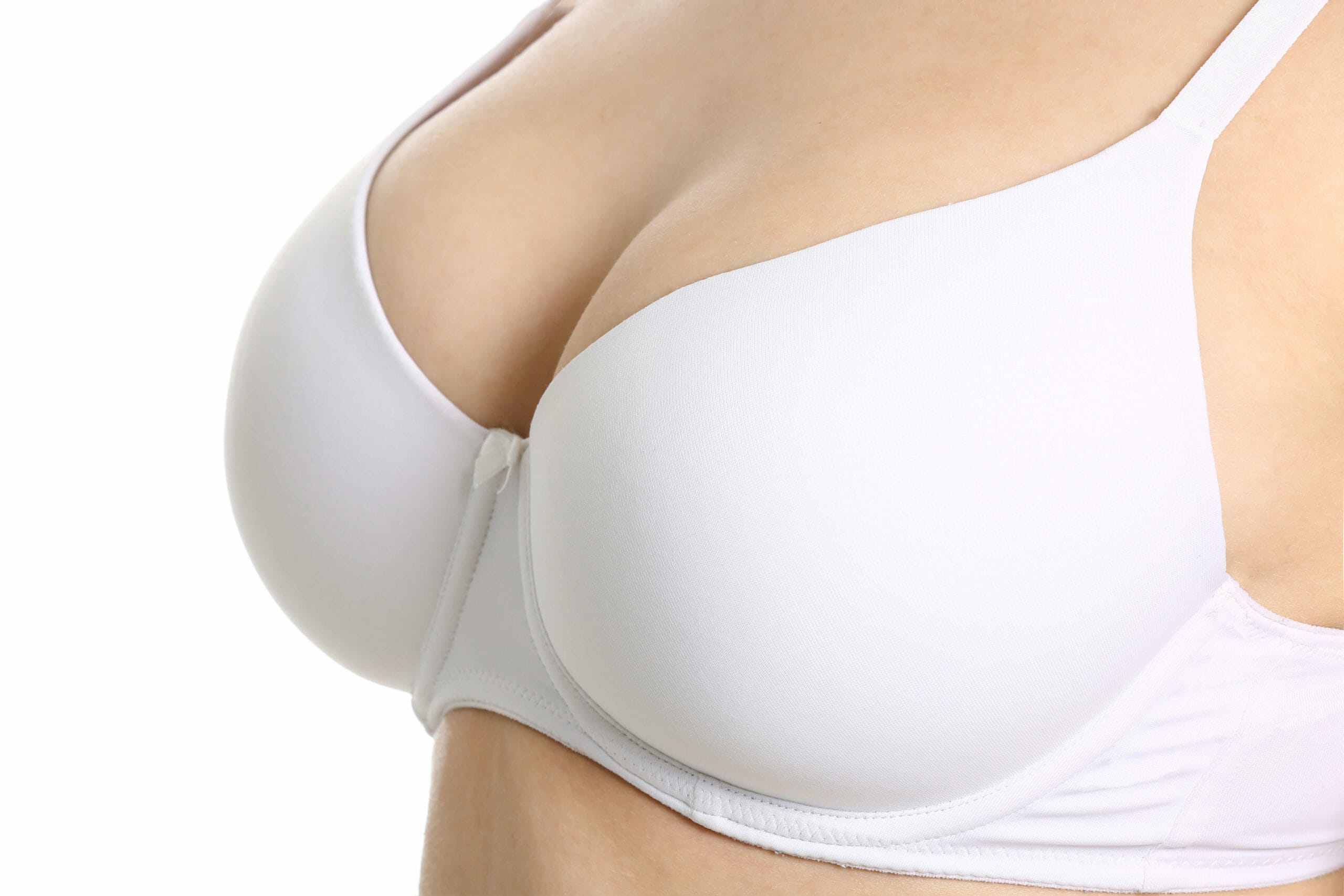Lipofilling describes the process of taking fat from one part of the body
(the donor site) using special techniques, processing it, and injecting it into another area of the body (the recipient site) for aesthetic or functional reasons. It often requires more than one session (procedure) to produce the final desired result. This is because the fat needs to develop a blood supply from its new “home” and if too much is put in at any one time, problems can occur (see below). Therefore as much as is safe is injected at any one time to avoid complications, but often this is not enough to complete the final desired outcome in one sitting.
Book consultation


